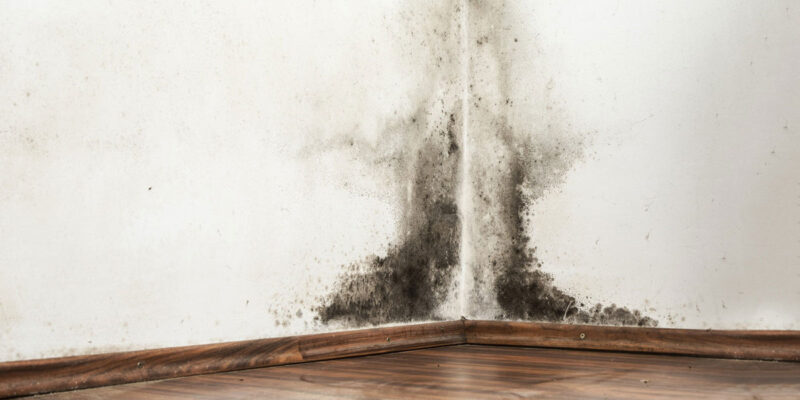Mold inspections are an essential part of maintaining a healthy and safe environment in your home or building. Mold growth can pose serious health risks and damage to your property if left unchecked.
But how often should you have a mold inspection done? The frequency of mold inspections depends on various factors such as the age of your building, previous mold issues, and local climate conditions. It is recommended to have a professional mold inspection done at least once a year, or more frequently if you experience water leaks, musty odors, or visible mold growth.
By staying proactive with mold inspections, you can catch any issues early and prevent costly damage in the future.
Importance of Regular Mold Inspections

Regular mold inspections are essential for maintaining a healthy indoor environment. Mold can be hiding in places that are not easily visible, such as behind walls or under flooring, making it crucial to have a professional inspection done on a routine basis.
Mold growth can lead to a variety of health issues, including respiratory problems and allergies, so it is important to catch any potential mold problems early. By scheduling regular mold inspections, you can stay ahead of any mold issues and ensure that your home or business remains safe and mold-free.
Don’t wait until you see mold growth to take action – be proactive and schedule a mold inspection today.
Factors to Consider for Frequency of Mold Inspections
When determining how often to have a mold inspection done, there are several factors to consider. The first factor is the age of your home, as older homes are more likely to have mold issues due to wear and tear over time.
Another factor to consider is the climate in which you live, as humid and damp environments are more prone to mold growth. Additionally, if you have experienced any recent water damage or leaks in your home, it is important to have a mold inspection done promptly to prevent any potential mold growth.
Lastly, the health of you and your family should also be taken into consideration, as mold exposure can lead to respiratory issues and other health problems. Taking these factors into account, it is recommended to have a mold inspection done at least once a year to ensure the safety and health of your home.
Signs that Indicate the Need for Immediate Mold Inspection
There are several signs that may indicate the need for an immediate mold inspection in your home. One of the most common indicators is a musty or moldy odor that lingers in certain areas of your home.
If you notice this smell but cannot locate any visible mold, it is important to have a professional inspection done to determine if there is hidden mold growth. Additionally, if you or your family members are experiencing unexplained allergy-like symptoms such as coughing, sneezing, or watery eyes, it could be a sign of mold exposure.
Other signs to watch out for include water leaks or moisture issues, visible mold growth, or recent water damage in your home. If any of these signs are present, it is crucial to schedule a mold inspection as soon as possible to address any potential mold issues before they worsen.
Conclusion

In conclusion, the frequency of mold inspections ultimately depends on various factors such as the age and condition of your property, as well as any previous mold issues. However, it is generally recommended to have a professional mold inspection done at least once a year as a preventative measure.
By detecting and addressing mold growth early on, you can protect your health and property from potential damage. Consulting a mold expert can provide valuable insights and recommendations for maintaining a mold-free environment in your home or business. Regular mold inspections are a proactive approach in safeguarding against the harmful effects of mold and ensuring a safe and healthy living or working space.


